Home>Gardening & Outdoor>Outdoor Entertaining>How To Stack Wood In A Fire Pit
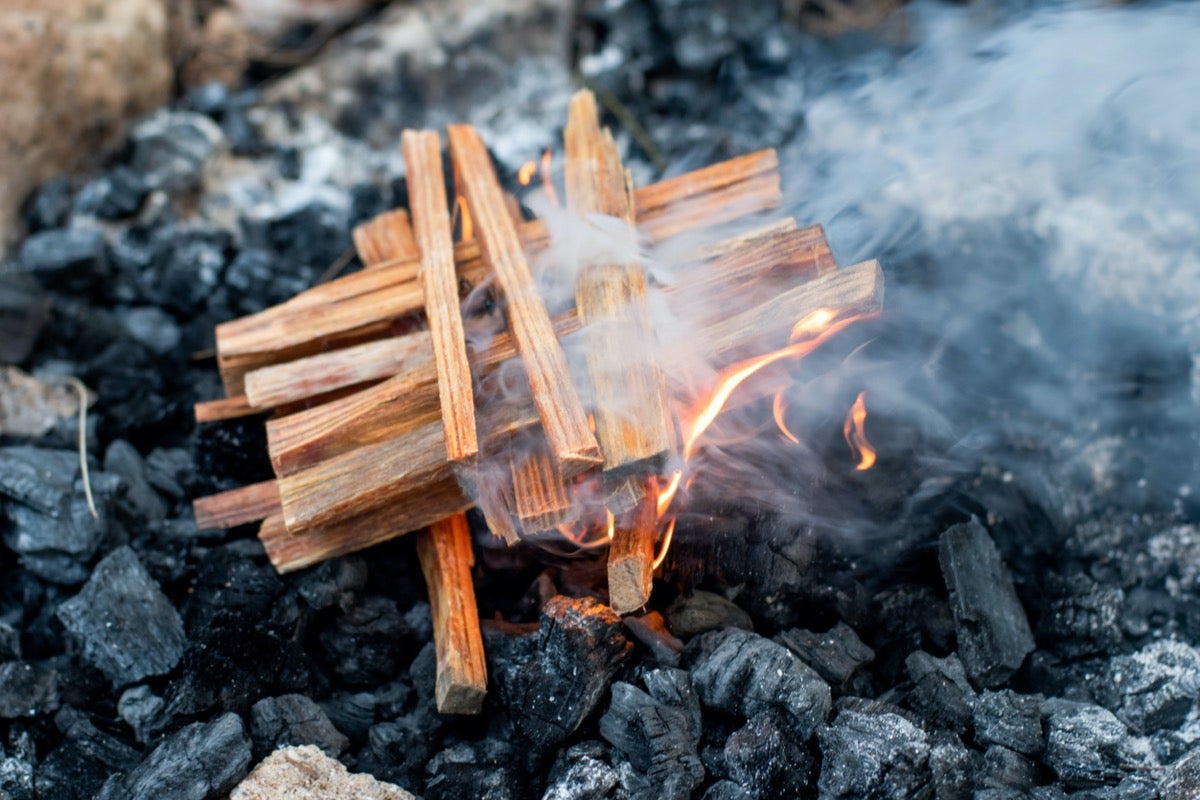

Outdoor Entertaining
How To Stack Wood In A Fire Pit
Modified: May 6, 2024
Learn how to stack wood in a fire pit for efficient outdoor entertaining. Get tips for creating the perfect fire for your next gathering.
(Many of the links in this article redirect to a specific reviewed product. Your purchase of these products through affiliate links helps to generate commission for Storables.com, at no extra cost. Learn more)
Introduction
When it comes to outdoor entertaining, few activities can rival the warmth and camaraderie of gathering around a crackling fire pit. The mesmerizing dance of flames, the comforting heat, and the primal allure of fire have drawn people together for centuries, creating a space for storytelling, laughter, and relaxation. One of the essential elements for a successful fire pit experience is the art of stacking wood. Properly arranging the fuel not only ensures a steady and long-lasting fire but also contributes to the visual appeal of the flames.
In this guide, we'll delve into the intricate details of stacking wood in a fire pit, from selecting the right type of wood to mastering the stacking techniques that optimize airflow and combustion. Whether you're a seasoned outdoor enthusiast or a novice looking to elevate your backyard gatherings, this comprehensive tutorial will equip you with the knowledge and skills to create a mesmerizing and efficient fire pit display. So, grab your marshmallows, gather your friends and family, and let's embark on a journey to unlock the secrets of stacking wood for an unforgettable fire pit experience.
Key Takeaways:
- Choose hardwood for long-lasting fires, and seasoned wood for cleaner burning. Consider aromatic woods for delightful scents and prioritize sustainability when sourcing firewood.
- Prepare the fire pit by cleaning, checking ventilation, using fire starters, and clearing the surrounding area. Experiment with stacking techniques to optimize airflow and visual appeal.
Read more: How To Light Wood In A Fire Pit
Choosing the Right Wood
Before delving into the art of stacking wood, it’s crucial to start with the right type of fuel. The choice of wood not only influences the aesthetics and ambiance of the fire but also plays a significant role in the efficiency and longevity of the burn. Here are some factors to consider when selecting the perfect wood for your fire pit:
- Hardwood vs. Softwood: Hardwoods such as oak, maple, and hickory are dense and burn longer, producing more sustained heat. On the other hand, softwoods like pine and cedar ignite quickly but burn faster. For a long-lasting fire, opt for hardwoods.
- Seasoned Wood: Green or freshly cut wood contains high moisture content, leading to excessive smoke and inefficient burning. Seasoned wood, which has been dried for at least six months, burns cleaner and produces less creosote buildup in the fire pit.
- Aromatic Woods: If you’re aiming to infuse your outdoor gathering with delightful fragrances, consider using aromatic woods like apple, cherry, or mesquite. These woods not only impart pleasant scents but also add a touch of sophistication to the overall ambiance.
- Sustainability: When sourcing firewood, prioritize sustainable options to minimize environmental impact. Look for local suppliers who practice responsible forestry or consider using fallen branches and limbs from your own property.
- Size and Thickness: Opt for wood pieces that are of uniform size and thickness, typically ranging from 14 to 18 inches in length. This standardization facilitates easier stacking and ensures consistent airflow within the fire pit.
By carefully considering these aspects, you can make an informed decision when selecting the wood for your fire pit, setting the stage for a captivating and efficient outdoor fire experience.
Preparing the Fire Pit
Before diving into the intricacies of stacking wood, it’s essential to prepare the fire pit to optimize the burning process. Proper preparation not only ensures a safer and more efficient fire but also sets the stage for a visually stunning display. Here are the steps to prepare your fire pit for the wood stacking process:
- Clean the Fire Pit: Remove any debris, ash, or leftover wood from previous fires. A clean fire pit promotes better airflow and reduces the risk of stray embers igniting unintended materials.
- Check Ventilation: Ensure that the air vents or openings in your fire pit are clear and unobstructed. Adequate ventilation is crucial for maintaining a steady burn and preventing the buildup of smoke and gases within the fire pit.
- Use a Fire Starter: Consider using a natural fire starter, such as kindling, newspaper, or eco-friendly fire starter cubes, to ignite the initial flames. These aids facilitate the lighting process and help establish a robust base for the wood stack.
- Arrange Fire Pit Tools: Have essential fire pit tools on hand, including a poker, tongs, and a fireproof glove. These tools will come in handy when adjusting the wood stack, repositioning logs, or managing the fire throughout the evening.
- Clear the Surrounding Area: Create a safe perimeter around the fire pit by clearing away any flammable materials, overhanging branches, or combustible items. This precaution minimizes the risk of accidental fires and ensures a secure environment for your outdoor gathering.
By meticulously preparing the fire pit, you lay the foundation for a seamless and enjoyable wood stacking experience. With the stage set for a mesmerizing fire, it’s time to explore the art of arranging the wood for optimal combustion and visual allure.
Stacking Techniques
Mastering the art of stacking wood in a fire pit is more than just creating a pile of logs. It involves a thoughtful approach that maximizes airflow, encourages steady combustion, and enhances the visual spectacle of the flames. Here are some effective stacking techniques to elevate your fire pit experience:
- The Teepee Method: This classic stacking technique involves arranging wood in a conical shape, resembling a teepee. Start by placing kindling or fire starters in the center, then lean larger pieces of wood against each other, forming a pyramid. The teepee structure promotes efficient airflow and quick ignition, making it ideal for starting fires.
- The Log Cabin Style: In this method, stack alternating layers of wood perpendicular to each other, similar to building a log cabin. This creates a stable and visually appealing stack that allows for consistent burning. The gaps between the logs facilitate airflow, sustaining the fire over an extended period.
- The Lean-To Approach: Ideal for smaller fire pits or when working with limited wood, the lean-to method involves leaning a large log against a support, such as a rock or a larger piece of wood. Place kindling and smaller logs against the base log, creating a compact yet effective wood stack for a cozy fire.
- The Crisscross Technique: Arrange the wood in a crisscross pattern, crossing the logs at various angles to form a stable and visually appealing stack. This method allows for ample airflow and creates an intricate pattern of burning embers, enhancing the aesthetic appeal of the fire.
- The Parallel Stack: For a more traditional and straightforward approach, simply stack the wood parallel to each other in a neat and uniform manner. While this method may limit airflow compared to others, it provides a classic and organized appearance, making it suitable for formal gatherings or structured outdoor events.
By experimenting with these stacking techniques, you can tailor the appearance and burning characteristics of the fire to suit the ambiance of your outdoor gathering. Each method offers a unique blend of functionality and aesthetics, allowing you to unleash your creativity and elevate the fire pit experience for yourself and your guests.
When stacking wood in a fire pit, start with small pieces at the bottom, then add larger pieces in a crisscross pattern. Leave space for air to flow between the wood to help the fire burn efficiently.
Lighting the Fire
Once the wood is meticulously stacked in the fire pit, it’s time to ignite the flames and bring the enchanting display to life. Lighting the fire is a pivotal moment that sets the tone for the entire outdoor experience. Here’s a step-by-step guide to effectively kindling the fire in your carefully arranged wood stack:
- Prepare the Fire Pit: Ensure that the wood stack is positioned securely and that the surrounding area is clear of any obstructions. Confirm that the air vents are unobstructed to facilitate airflow.
- Place Fire Starters: Position natural fire starters, such as kindling, crumpled newspaper, or eco-friendly fire starter cubes, at the base of the wood stack. These aids will help ignite the initial flames and establish a robust foundation for the fire.
- Light the Fire Starters: Using a long match or a lighter, carefully ignite the fire starters, ensuring that the flames catch onto the kindling and smaller pieces of wood. Exercise caution to avoid any stray embers or sparks.
- Nurture the Flames: As the fire starts to take hold, gently blow on the embers to encourage the flames to spread and engulf the wood stack. Avoid excessive blowing, as this can lead to erratic flames and potential safety hazards.
- Monitor the Burn: Observe the fire as it grows, ensuring that it maintains a steady and controlled burn. Use fire pit tools to adjust the wood stack if necessary, promoting optimal airflow and maintaining a balanced flame.
- Add Additional Wood: Once the initial flames have established a stable burn, gradually add more wood to the fire pit as needed. Maintain a balance between sustaining the fire and avoiding overcrowding the pit, which can impede airflow.
By following these steps, you can effectively ignite and nurture a vibrant fire that emanates warmth and captivates the senses. The dance of flames against the carefully arranged wood stack creates a mesmerizing focal point for your outdoor gathering, fostering an atmosphere of relaxation and conviviality.
Read more: How To Burn Wood In A Fire Pit
Safety Precautions
While the allure of a crackling fire pit is undeniable, it’s essential to prioritize safety to ensure a worry-free and enjoyable outdoor experience. By adhering to essential safety precautions, you can mitigate risks and create a secure environment for yourself, your guests, and your property. Here are crucial safety measures to observe when stacking and lighting wood in a fire pit:
- Clear Surroundings: Maintain a clear perimeter around the fire pit, free from flammable materials, overhanging branches, and other combustible items. This precaution minimizes the risk of accidental fires and ensures a safe environment for gathering around the fire.
- Supervise the Fire: Never leave a burning fire pit unattended, especially when children or pets are present. Assign a responsible adult to monitor the fire and ensure that it remains under control throughout the evening.
- Keep Extinguishing Tools Handy: Have a fire extinguisher, a bucket of sand, or a garden hose nearby to swiftly address any unexpected flare-ups or emergencies. Being prepared with extinguishing tools is crucial for prompt intervention in case of unforeseen incidents.
- Maintain Safe Distances: Encourage a safe distance between individuals and the fire pit to prevent accidental burns or injuries. Establish clear boundaries for seating areas and emphasize the importance of respecting the designated safety zones.
- Dispose of Ashes Safely: Once the fire has extinguished and the ashes have cooled, carefully remove and dispose of the ashes in a designated metal container. Avoid placing hot ashes directly into a trash receptacle, as they can pose a fire hazard.
- Check Local Regulations: Familiarize yourself with local regulations and restrictions pertaining to outdoor fires. Some areas may have specific guidelines regarding the use of fire pits, including burn bans during dry seasons or specific requirements for fire containment.
By integrating these safety precautions into your outdoor fire pit routine, you can foster a secure and enjoyable environment for gathering around the mesmerizing flames. Prioritizing safety not only safeguards your guests and property but also allows everyone to fully immerse themselves in the enchanting experience of an outdoor fire.
Conclusion
As the flames flicker and dance within the carefully stacked wood, the fire pit becomes the heart of your outdoor gathering, radiating warmth, ambiance, and a sense of shared camaraderie. The art of stacking wood in a fire pit transcends mere practicality; it becomes a captivating ritual that enhances the outdoor experience and fosters lasting memories.
By selecting the right wood, meticulously preparing the fire pit, and mastering the stacking techniques, you set the stage for a mesmerizing display of flames that captivate the senses and draw people together. The crackling fire becomes a focal point for storytelling, laughter, and relaxation, creating an inviting space for cherished moments with friends and family.
As you kindle the flames and nurture the fire, it’s essential to uphold safety precautions, ensuring that the enchanting experience remains secure and worry-free. By prioritizing safety, you create a harmonious environment where everyone can bask in the warmth and tranquility of the fire pit, forging connections and savoring the joys of outdoor entertaining.
So, whether you’re hosting a lively backyard gathering, unwinding after a long day, or simply savoring the beauty of nature, the art of stacking wood in a fire pit enriches the outdoor experience, infusing it with warmth, allure, and the timeless appeal of a crackling fire. Embrace the age-old tradition, unleash your creativity, and let the mesmerizing flames weave unforgettable moments that linger in the hearts of all who gather around the fire pit.
Now, gather your loved ones, savor the radiant glow, and let the captivating dance of flames kindle cherished memories beneath the open sky.
Now that you've mastered stacking wood in your fire pit, why not perfect your setup by exploring our guide on what is the best fire pit for your backyard gatherings? After you've picked out the ideal fire pit, dive into our tips for embracing outdoor living. Discover colorful decor and simple add-ons that bring life and style to any outdoor space. Both guides are packed with invaluable advice to ensure your next outdoor event is a hit!
Frequently Asked Questions about How To Stack Wood In A Fire Pit
Was this page helpful?
At Storables.com, we guarantee accurate and reliable information. Our content, validated by Expert Board Contributors, is crafted following stringent Editorial Policies. We're committed to providing you with well-researched, expert-backed insights for all your informational needs.
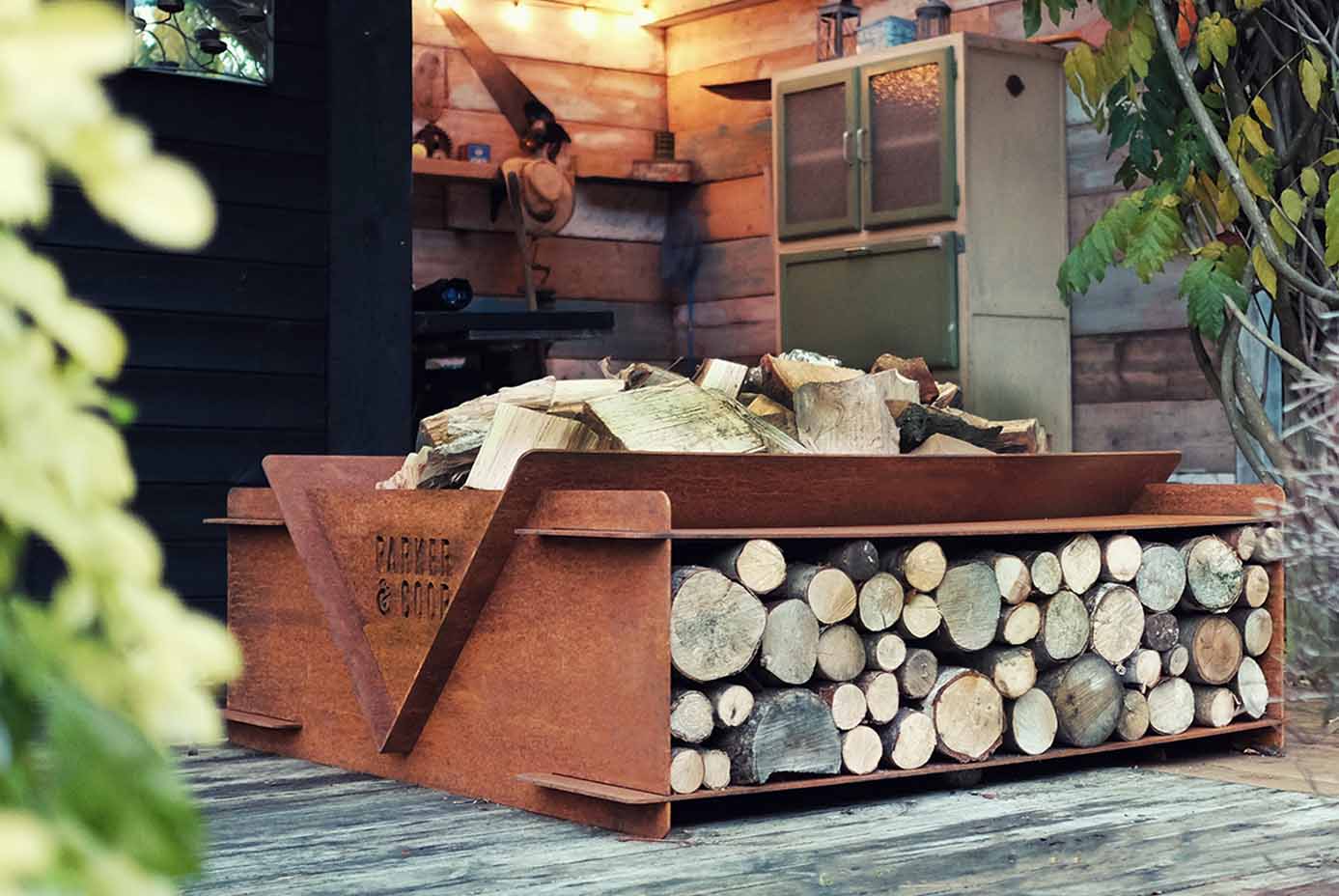
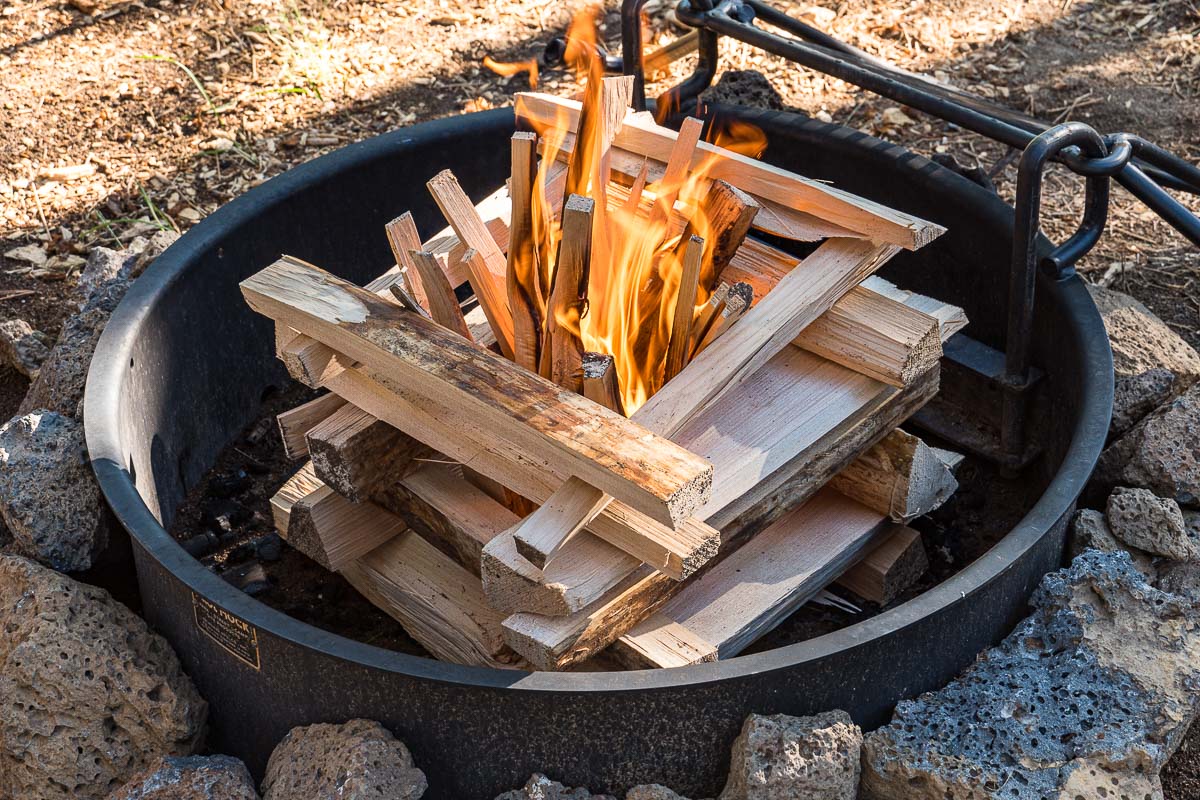
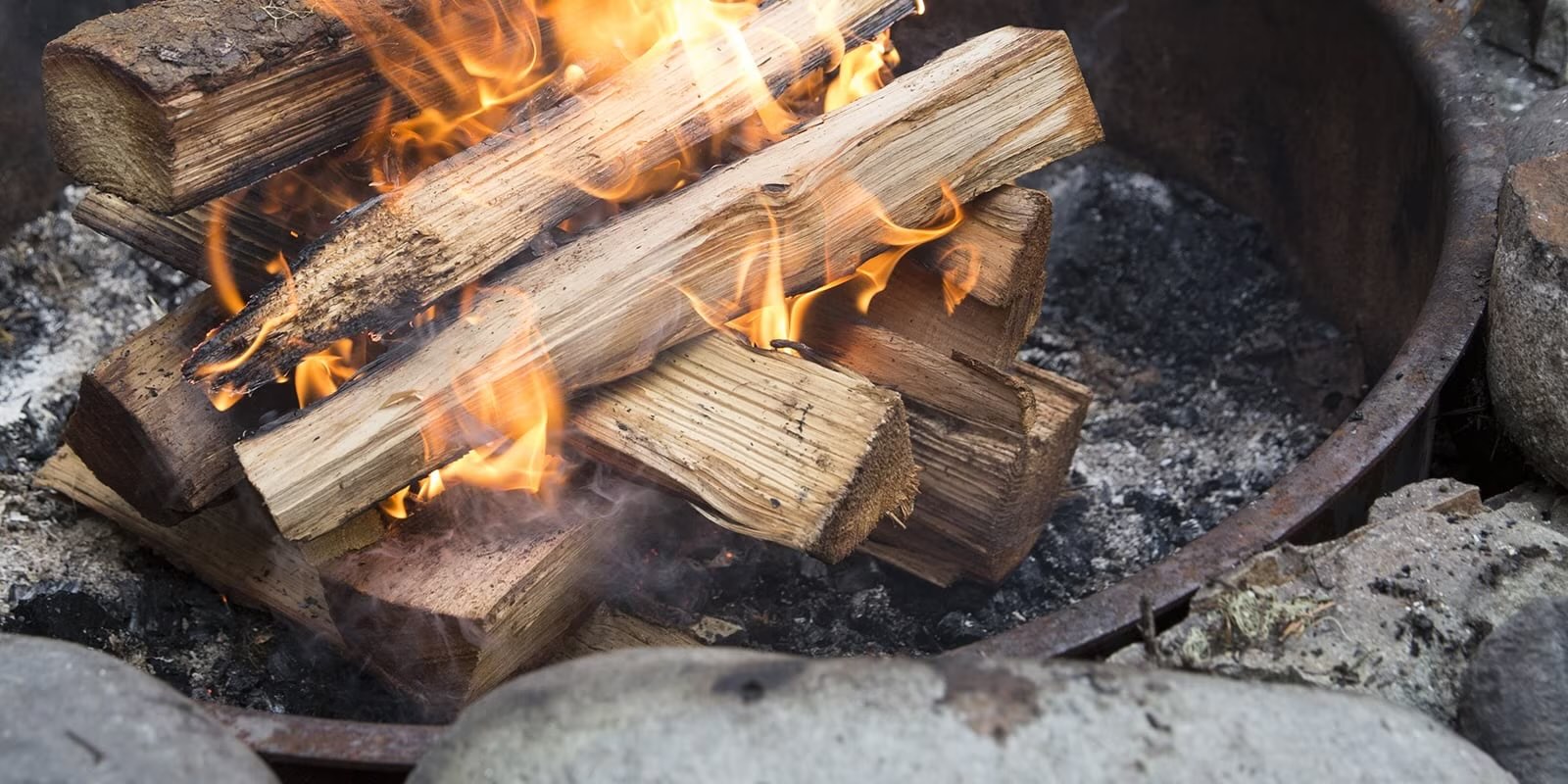
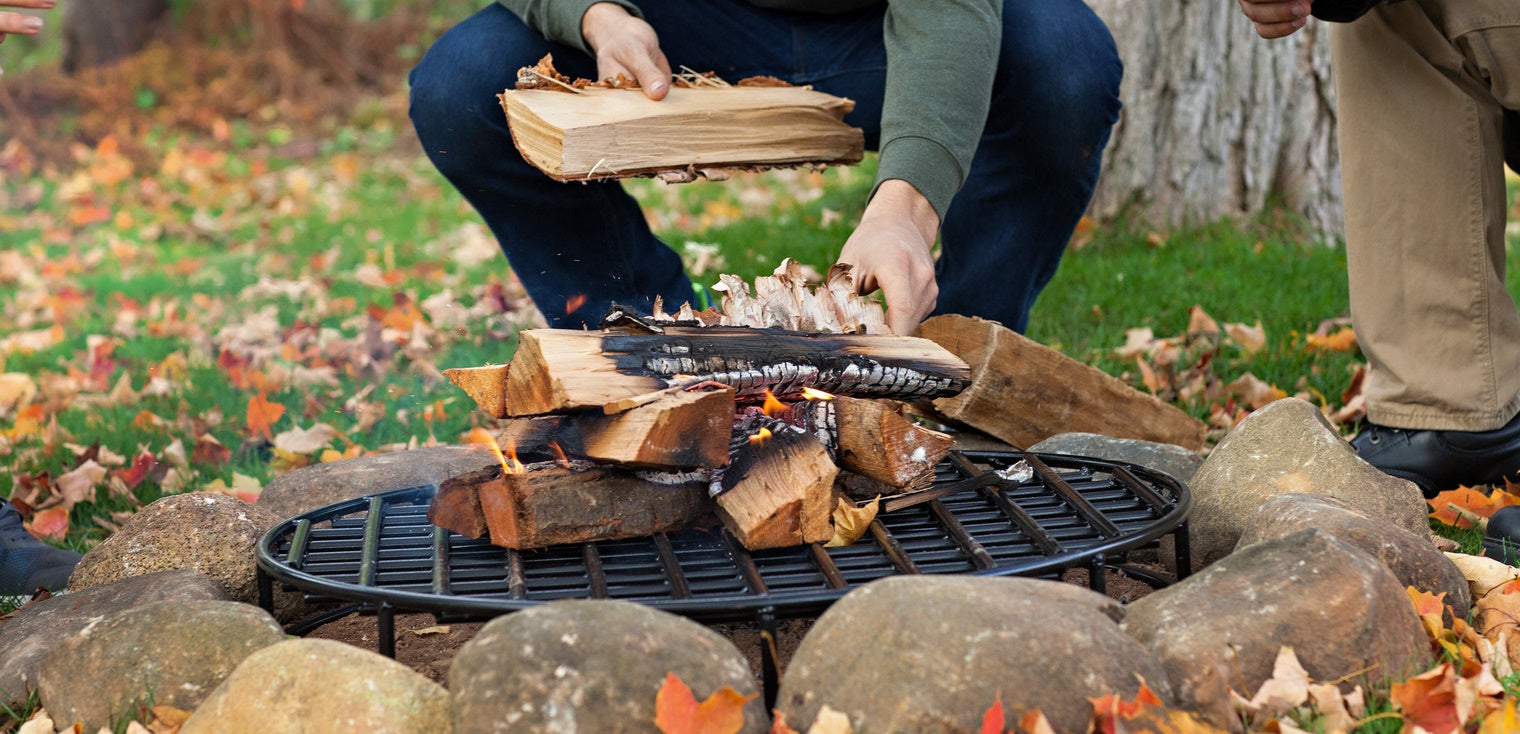
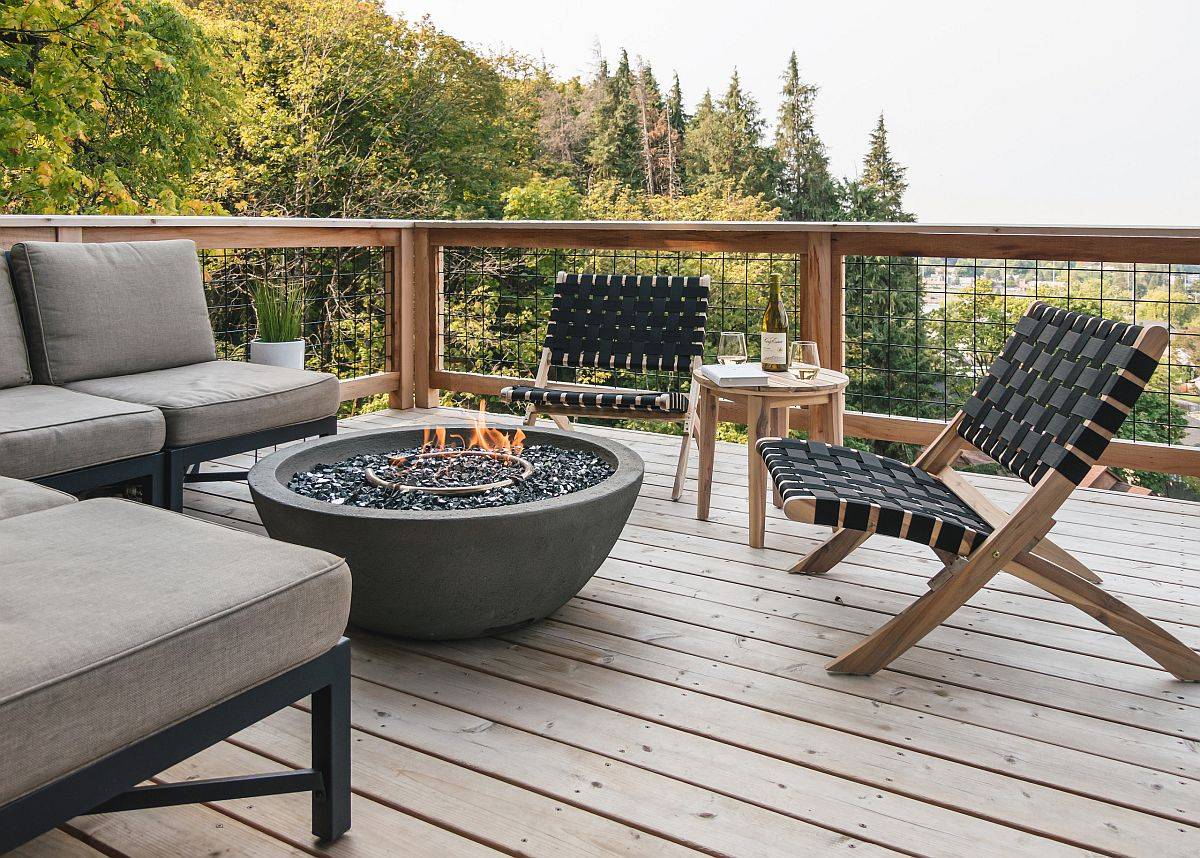
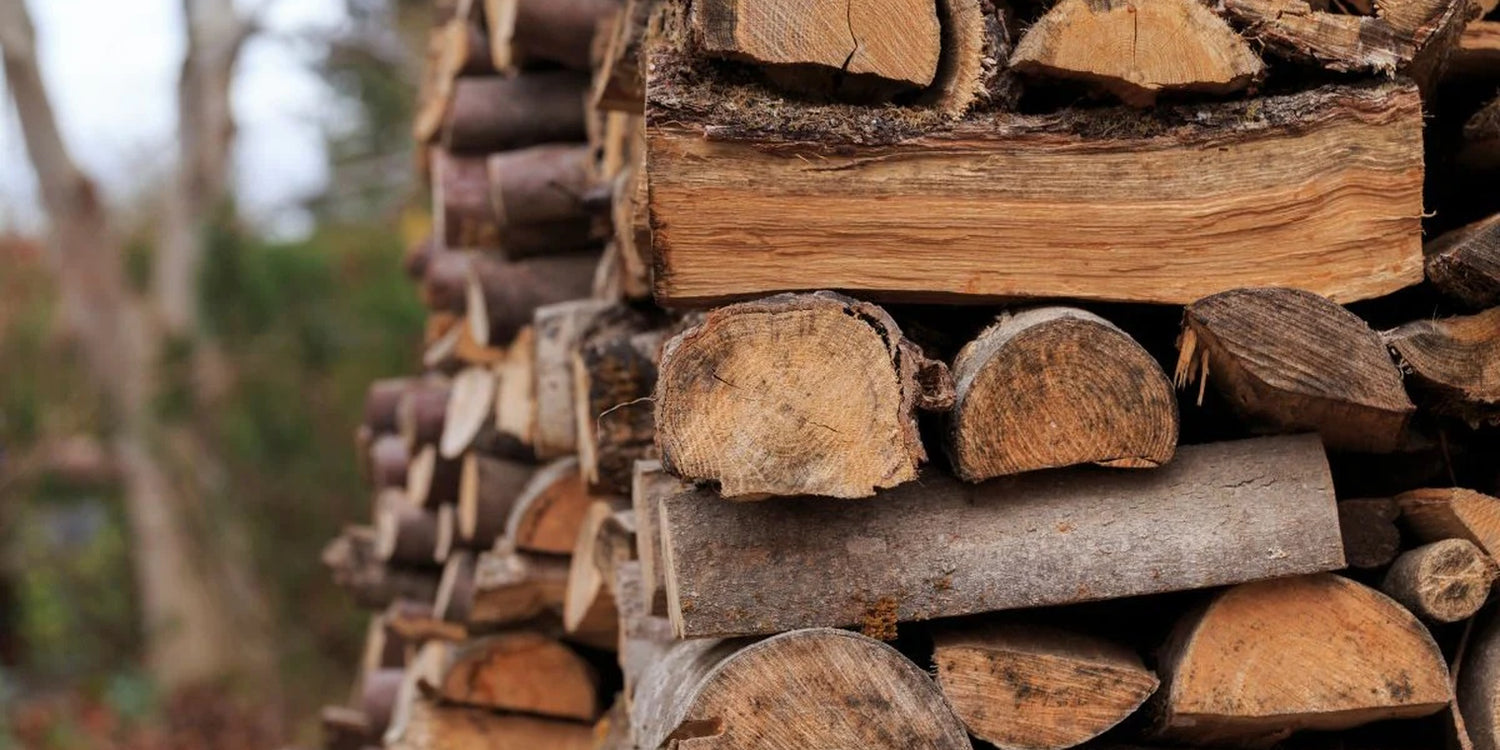
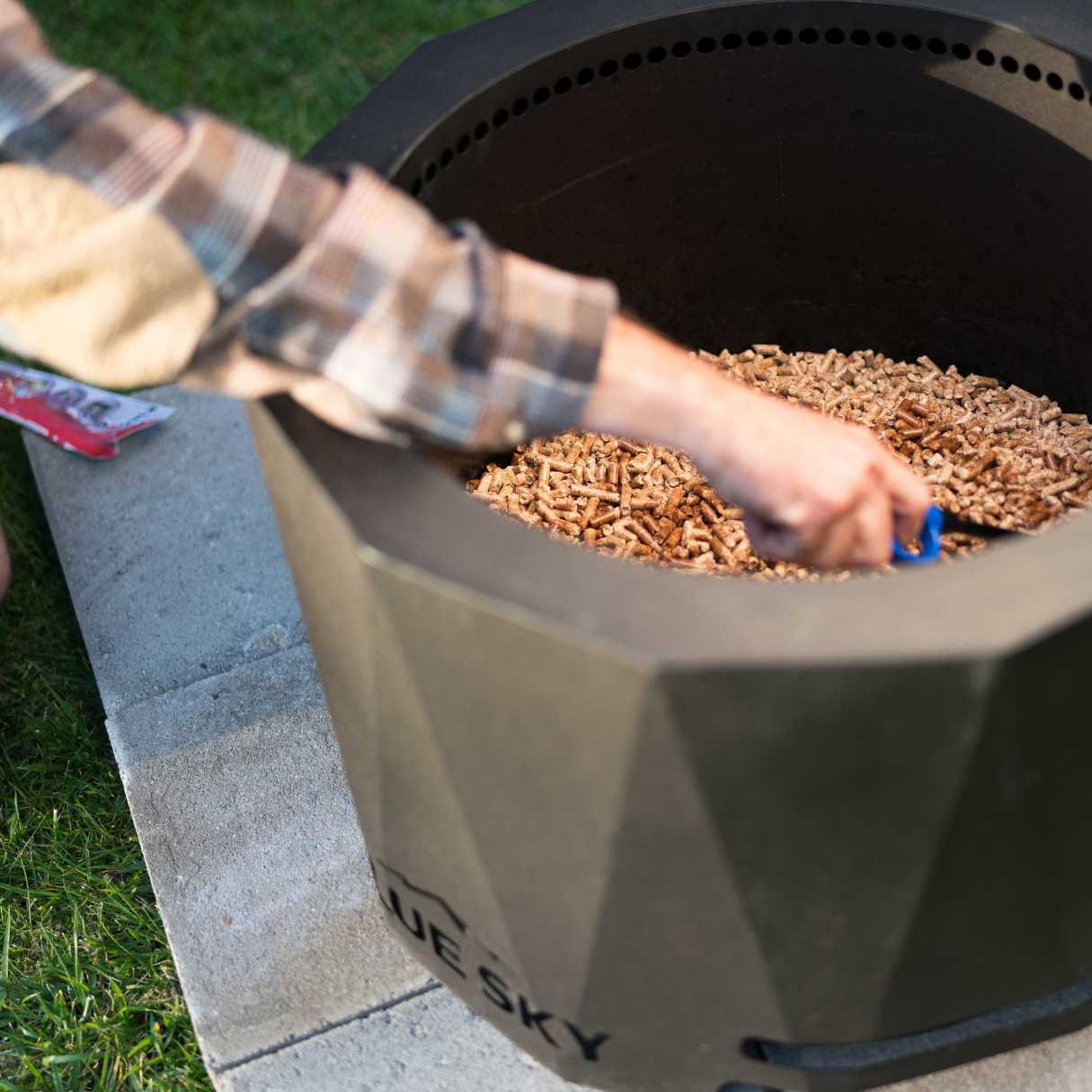
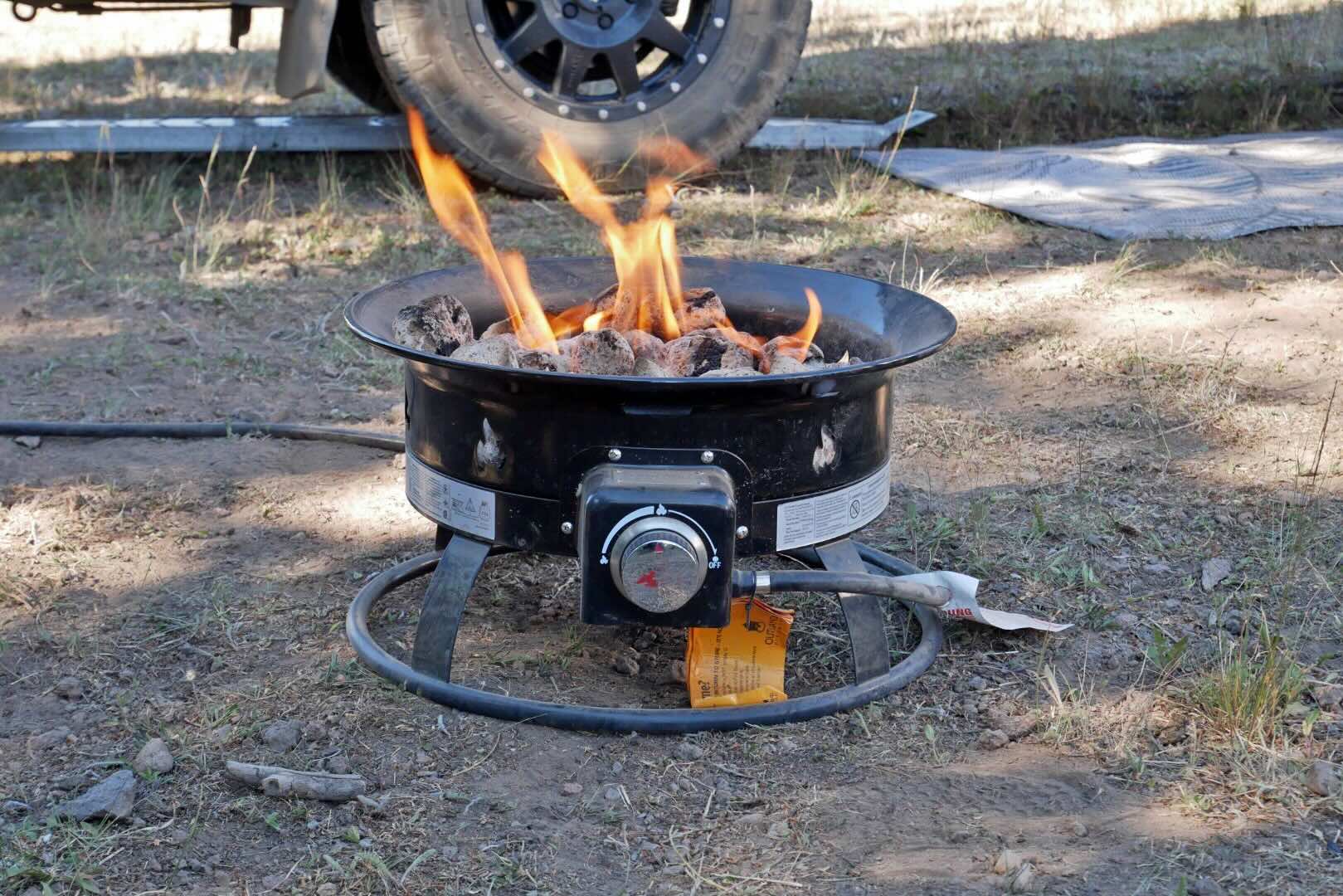
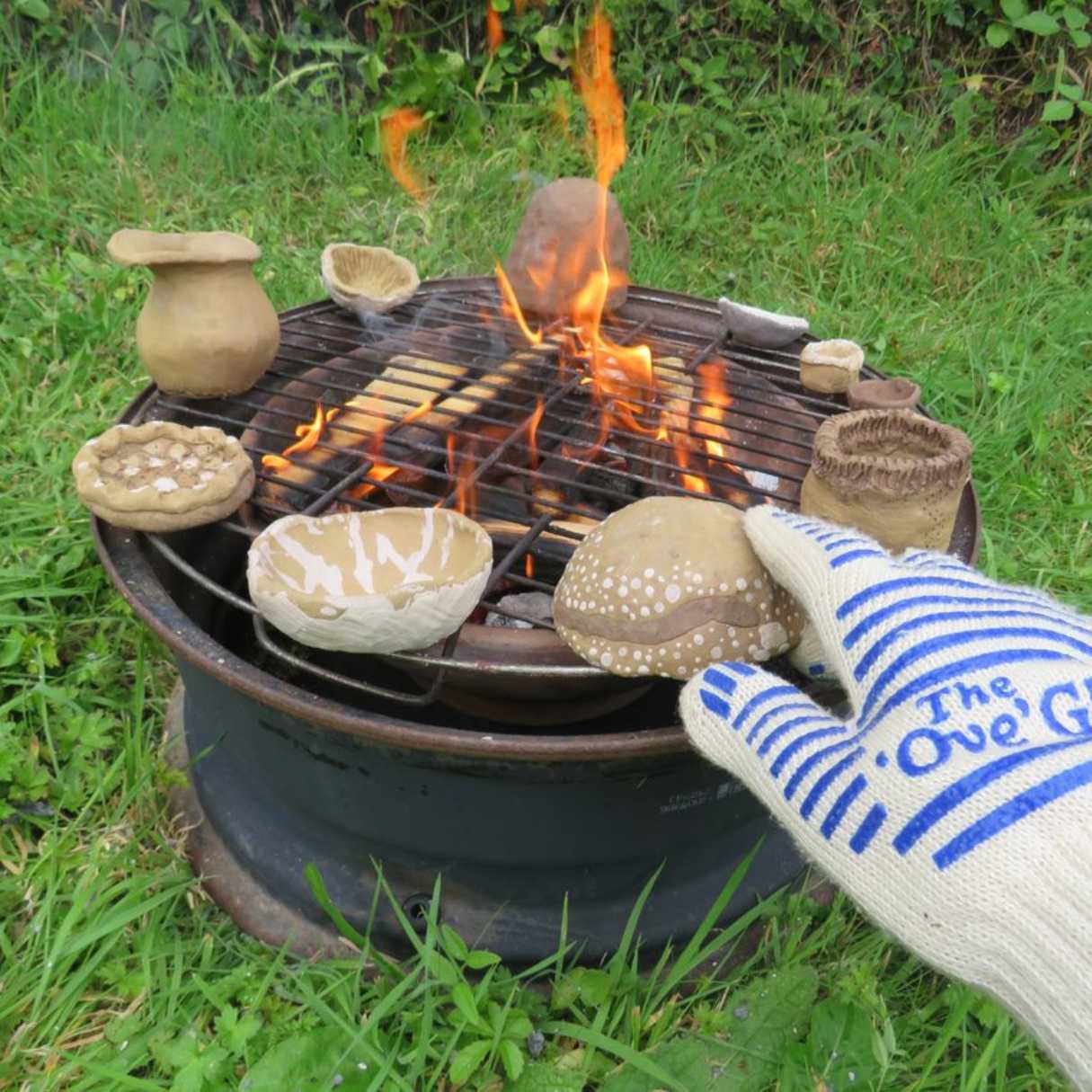
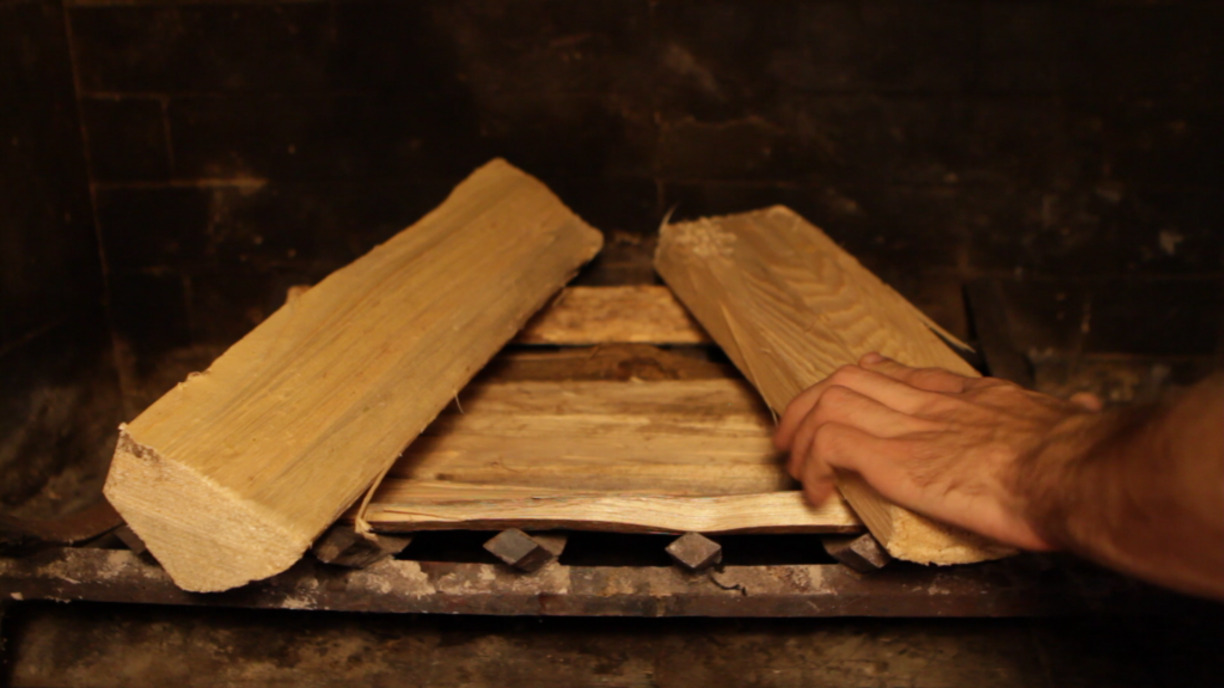
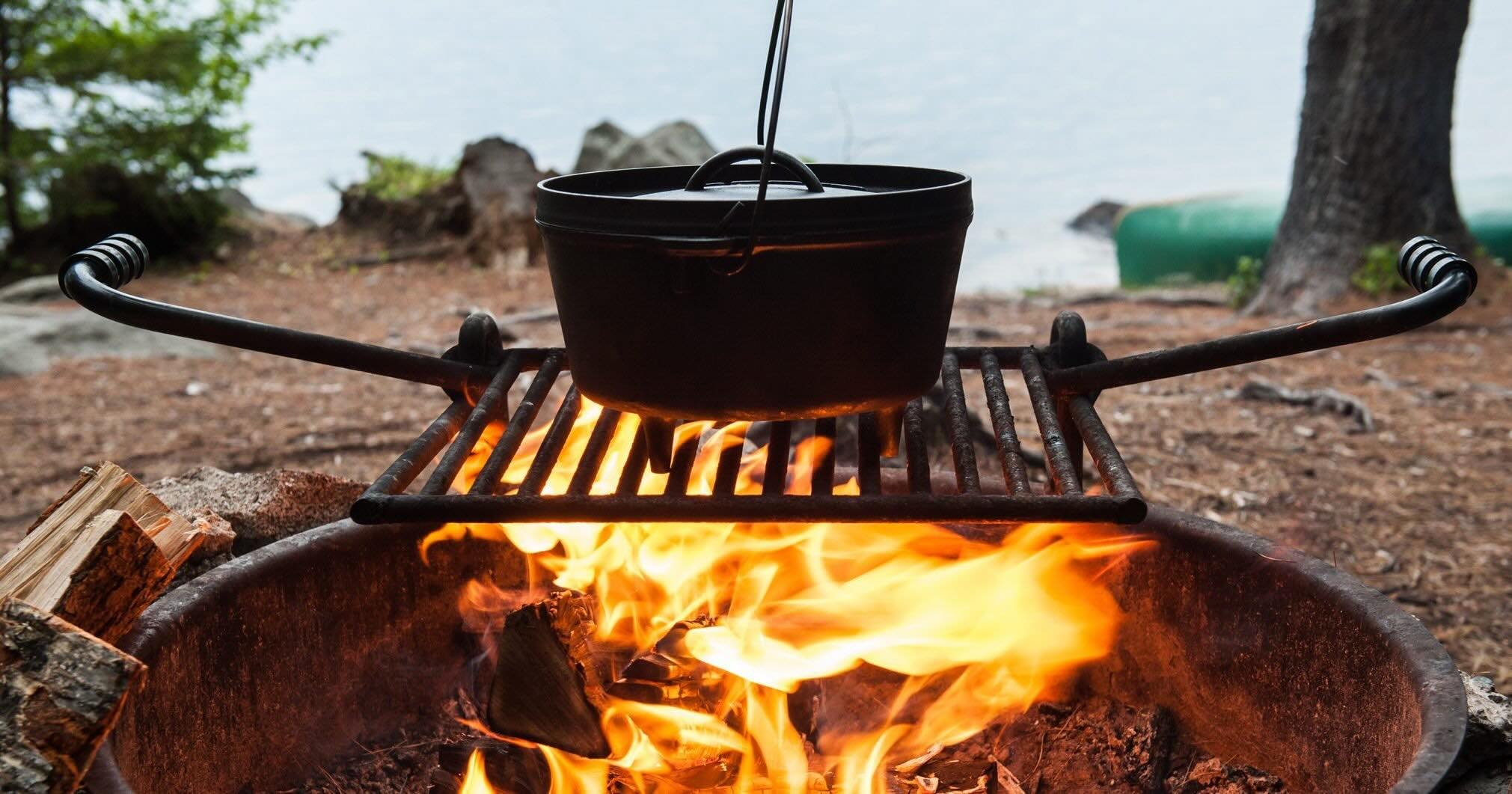
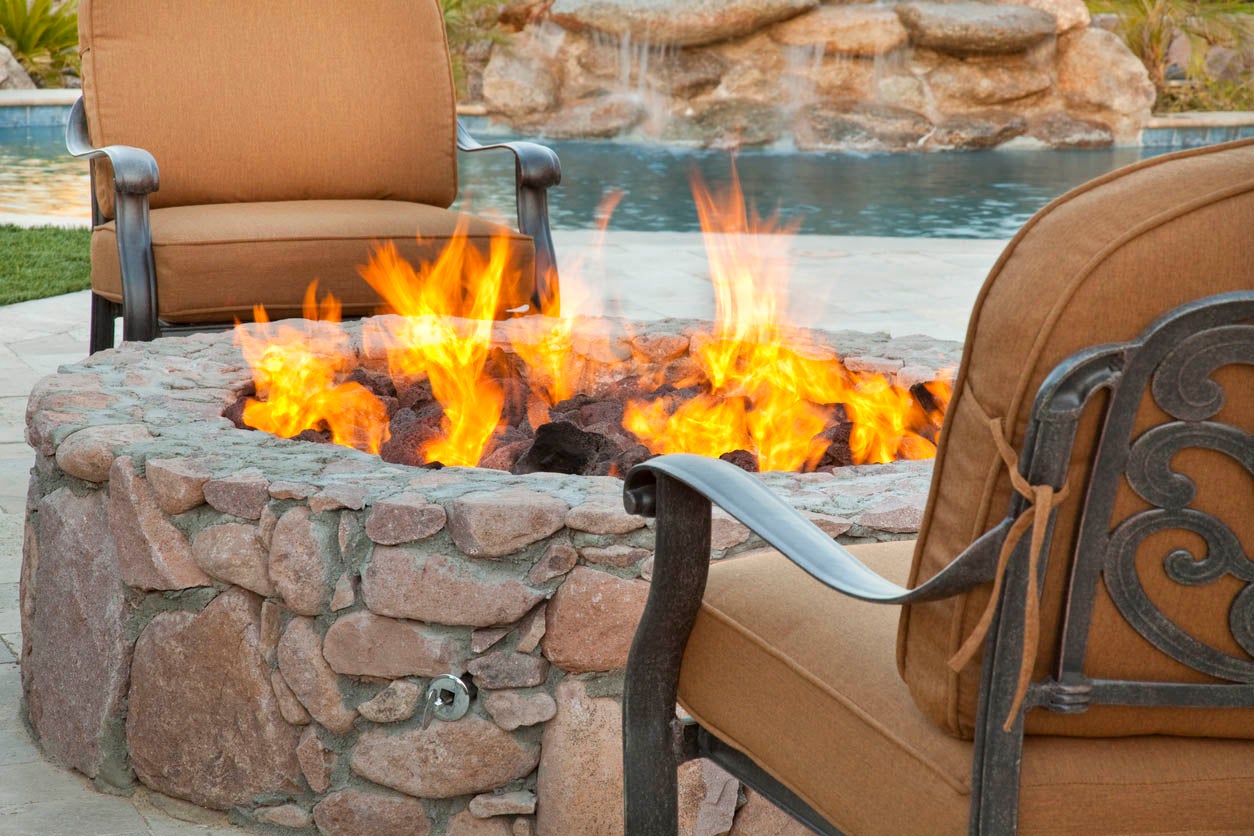
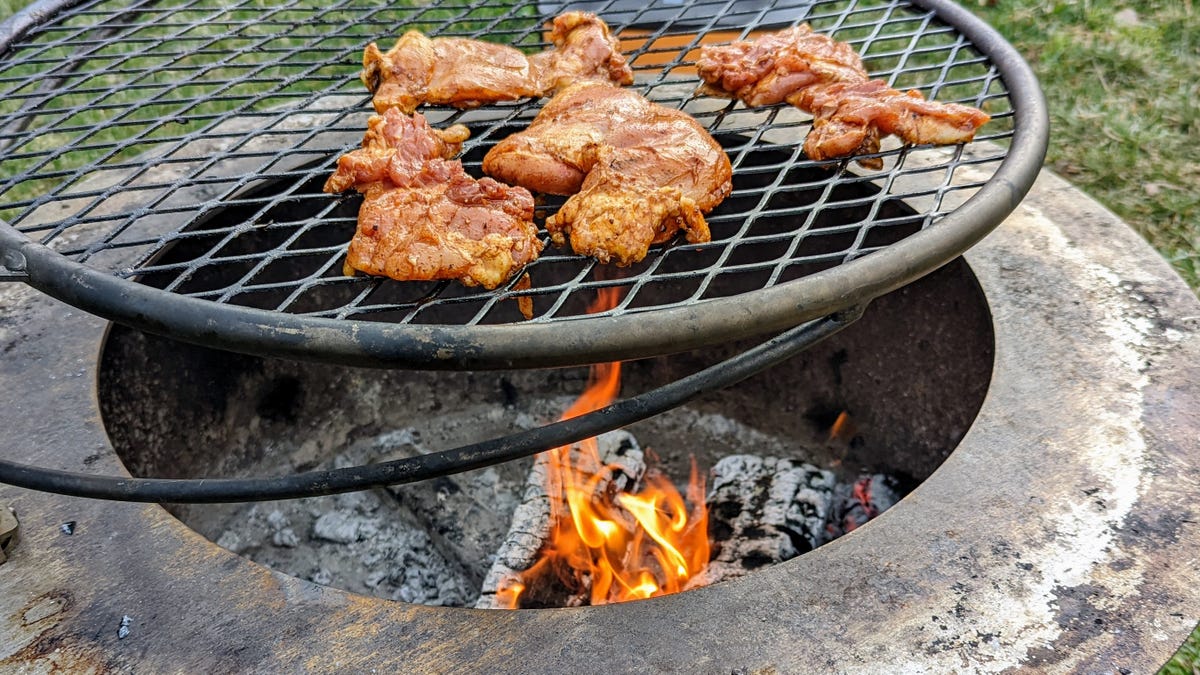
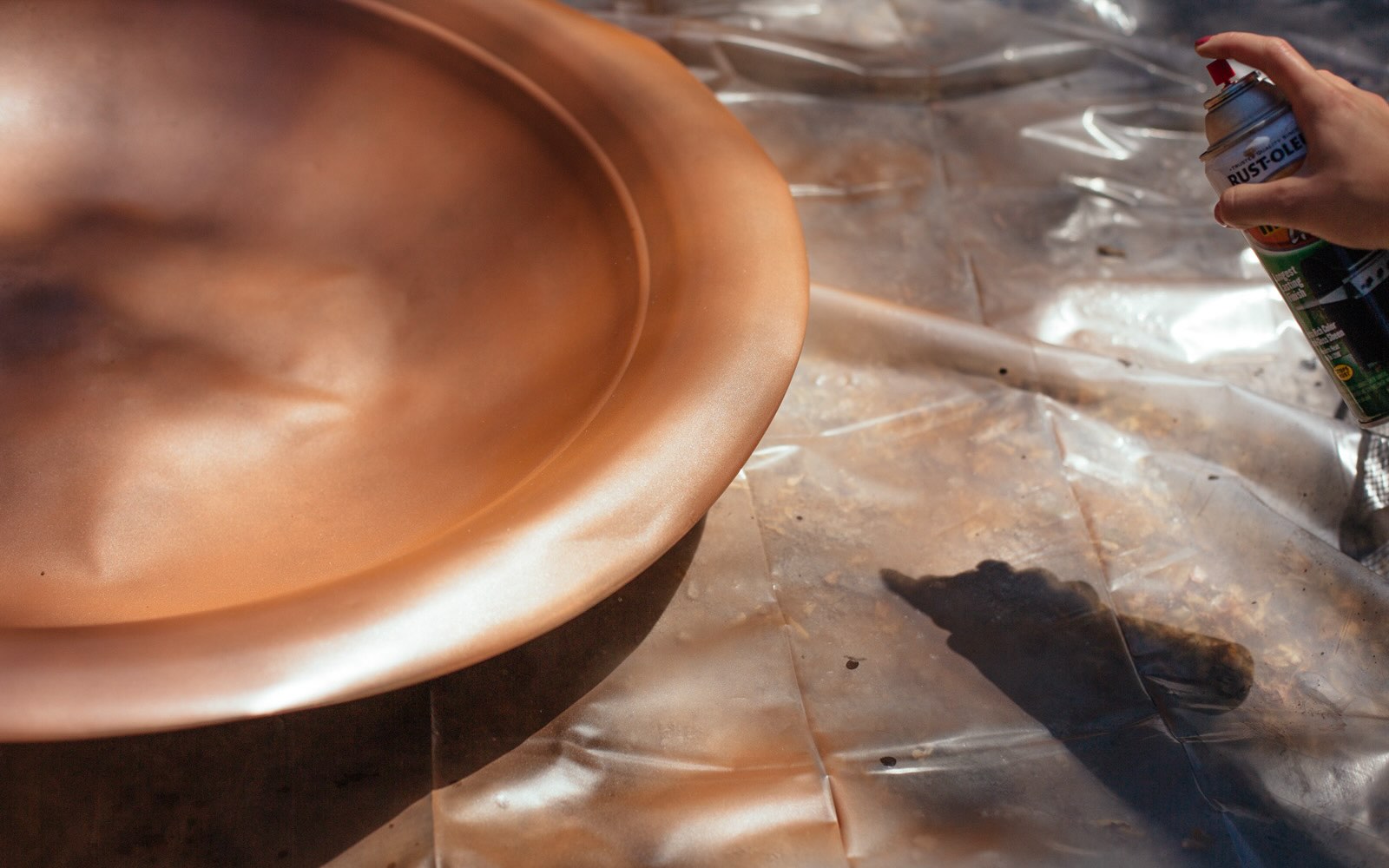

0 thoughts on “How To Stack Wood In A Fire Pit”